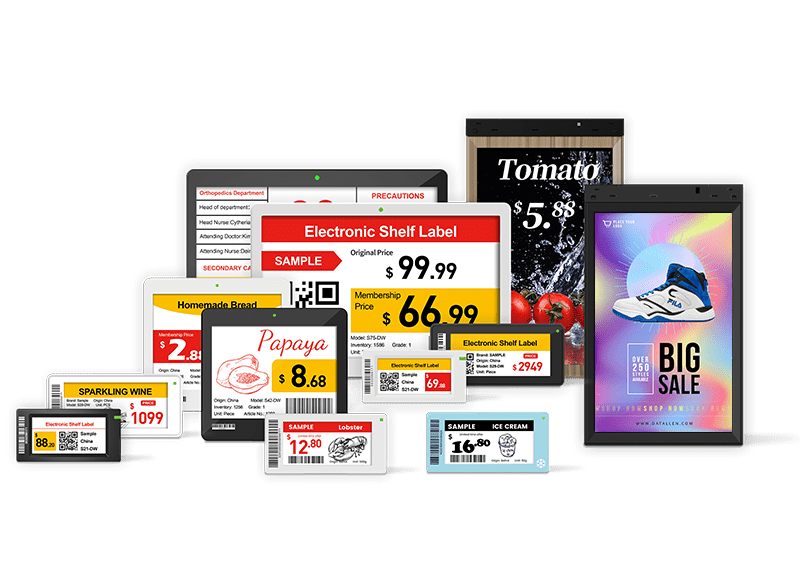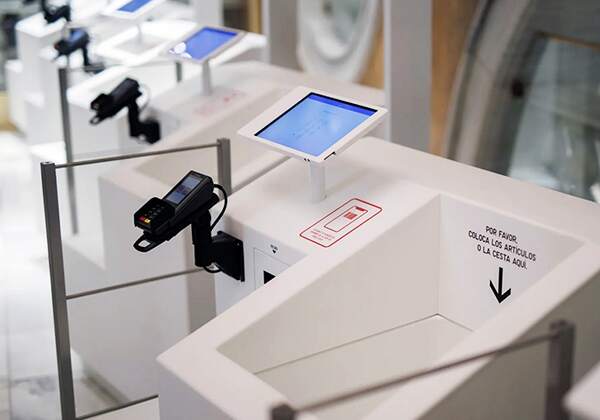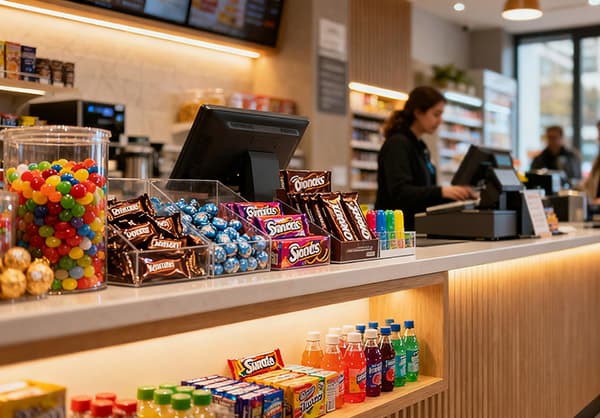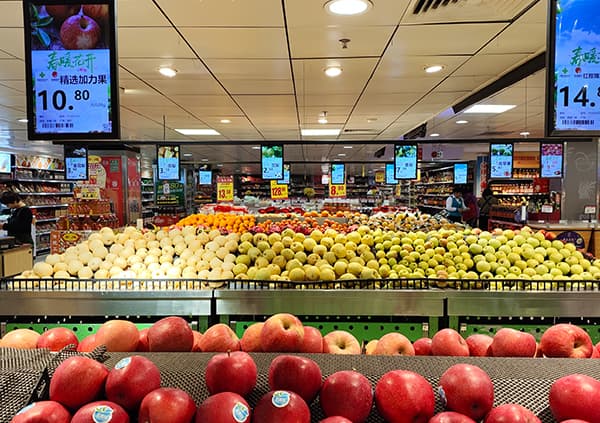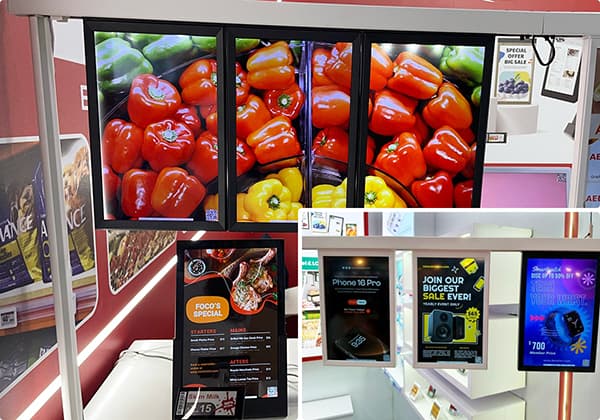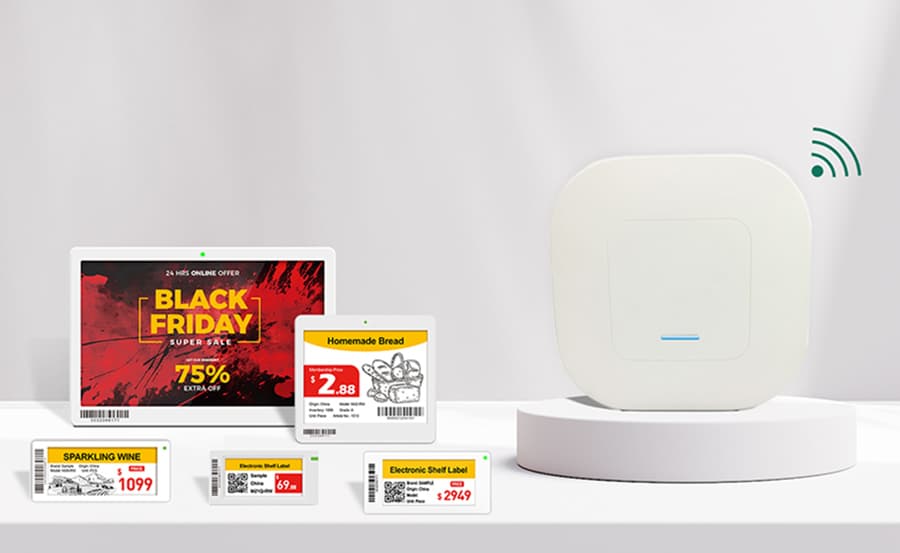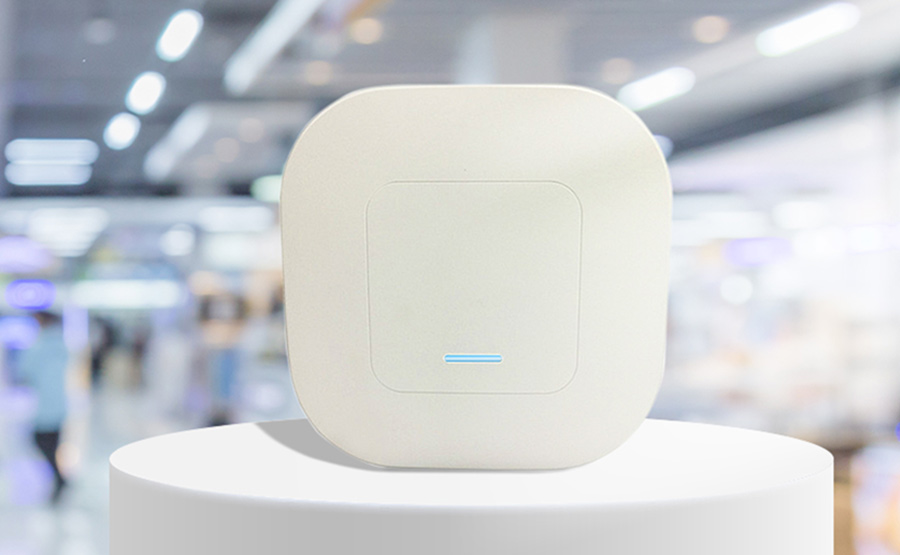Introduction: The Urgency Behind Going Paperless in Retail
Retail is undergoing a once-in-a-generation transformation. Paperless retail has emerged as a critical lever—not just for environmental reasons, but as a strategic foundation for automation, cost reduction, and customer satisfaction.
The shift is timely: stricter ESG regulations (such as the EU Green Deal and global net-zero commitments) are colliding with rising operational costs and shrinking margins. Paper-based operations are an overlooked expense—manual pricing updates, signage printing, labor-intensive promotions, and compliance risks add up.
A single supermarket going paperless can eliminate over 500 kg of paper annually, cutting carbon emissions by 67%. These are not just environmental wins—they’re business advantages.
What Is a Retail Paperless Store?
Contrary to popular belief, “paperless” in retail doesn’t stop at digital receipts. It encompasses a holistic ecosystem—from pricing labels to promotions, from inventory reports to shelf-level communication—all digitized, interconnected, and automated.
Key Technologies Powering Paperless Retail:
Electronic Shelf Labels: Real-time pricing, multi-language support, promo scheduling
Digital Signage: Interactive marketing displays, video content, QR integration
Mobile POS & Contactless Payment: Faster checkout with minimal hardware footprint
Cloud-Based Inventory & Analytics: Syncs sales with shelf, detects OOS in real time
IoT-Enabled Smart Shelves: Track stock levels, customer interaction, and shelf compliance
Retailer Mobile Apps: In-store navigation, personalized offers, loyalty programs
Paperless means more than going green—it enables faster execution, higher accuracy, and zero-touch engagement, elevating the physical store to digital parity with e-commerce.
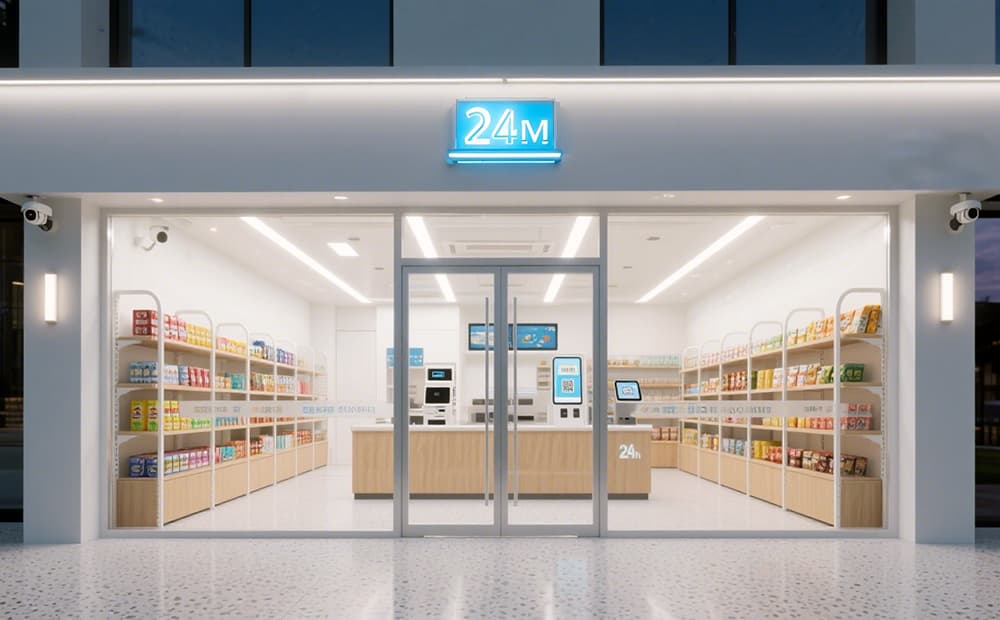
The Rise of Cashierless and Contactless Stores
Paperless infrastructure is laying the groundwork for the next big leap: cashierless retail. Amazon’s Just Walk Out is just the beginning. From RFID-enabled smart carts to mobile scan-and-go and AI-powered shelf vision, retailers are piloting fully automated experiences in:
① 24/7 convenience stores
② Airports & transit hubs
③ Campus & office micro-markets
Self-checkout and mobile POS, empowered by ESL and real-time inventory sync, reduce dependency on human cashiers and eliminate friction at checkout.
As labor costs climb, retailers are repurposing staff from operational tasks to experience-based roles—turning “label changers” into customer consultants, and “cashiers” into loyalty ambassadors.
Why Retailers Are Going Paperless: Business Drivers
A. Operational Efficiency
① Real-time pricing updates across hundreds of SKUs
② Automated stock and markdown workflows
③ Contextual promotions by time, weather, or inventory
④ System-wide visibility, reducing human error and delay
B. Cost Savings
① Significant reduction in printing, signage, and staffing costs
② Lower carbon and energy costs from physical signage logistics
③ ROI Proof Point: ESL in high-turnover categories (like fresh produce) sees payback within 8 months
C. Sustainability & Compliance
① Full alignment with ESG and LEED standards
② Greener logistics and less physical waste
③ Brand Differentiation: Eco-conscious shoppers increasingly reward visible commitments to sustainability
The impact spans the entire retail value chain—from ESLs to digital receipts, even extending to pharmacies, where digital medication guides replace printed leaflets.
Benefits for Key Stakeholders
• Retailers
① Unified control via POS/ERP integration
② Modular and scalable deployments for different store formats
③ Eases pressure from labor shortages and regulatory audits
• Distributors & System Integrators
① New service revenue via hardware + SaaS models
② Modular ESL starter kits speed up deployment
③ Avg. gross margin improvement of +2.3%
• End Customers
① Clearer pricing and promotions on the shelf
② Seamless digital receipts, loyalty points, and store navigation via apps
③ More sustainable, clutter-free shopping experience
Digital engagement increases basket size, repeat visits, and brand loyalty, driven by speed, transparency, and personalization.
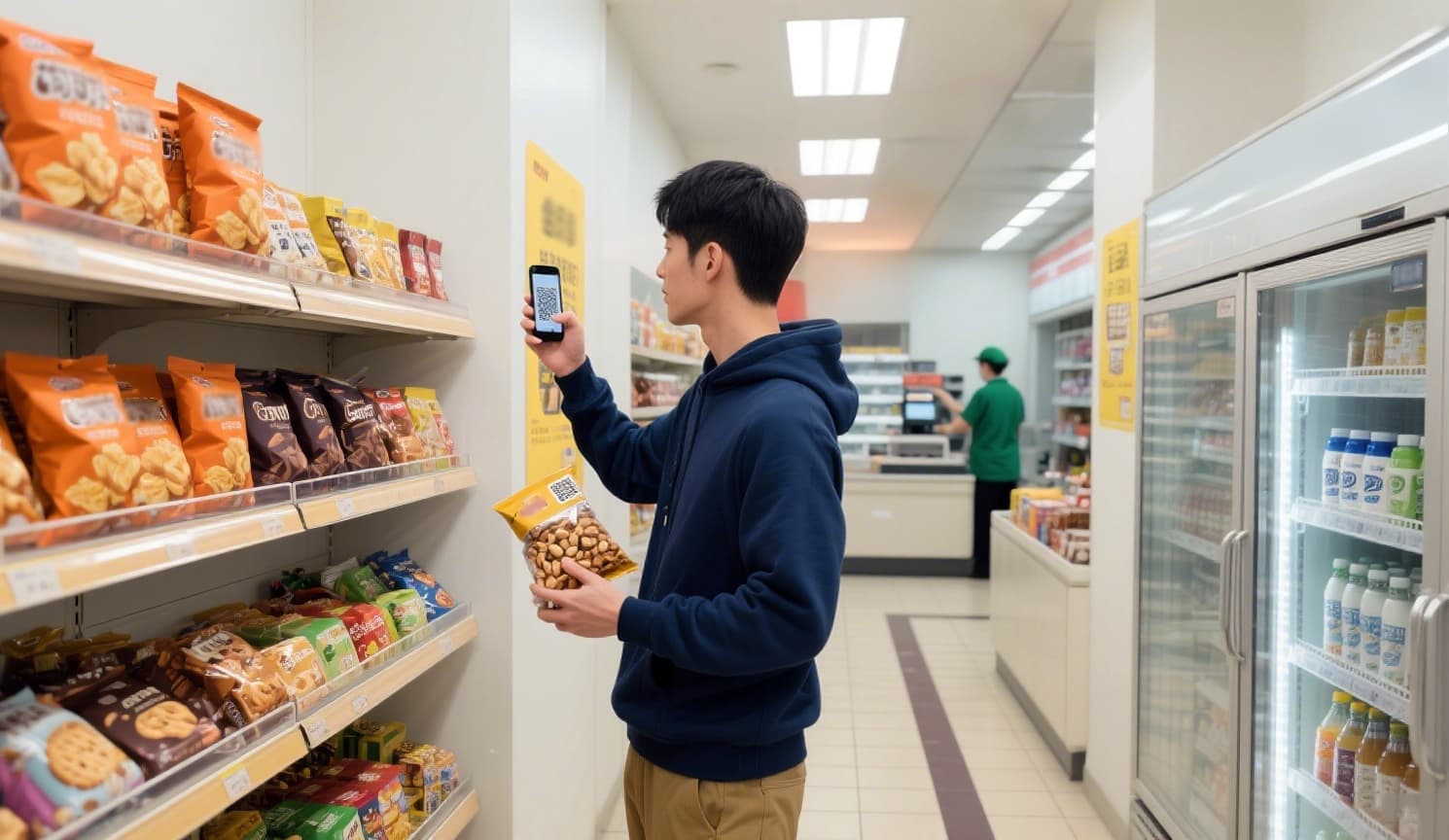
Common Misunderstandings
Despite its momentum, misconceptions about paperless stores persist:
“Customers won’t trust digital prices.” → ESLs are highly accurate and can display pricing histories and promos.
“It’s too technical for my staff.” → Today’s ESL systems are wireless, intuitive, and require minimal training.
“Digital displays are expensive to maintain.” → ESL batteries last 5-7 years; cloud software handles updates.
“Only big chains can afford it.” → Modular kits make it viable for community stores to become flagships.
Common Challenges & How to Overcome Them
• Cost Concerns for SMBs
> Solution: Start with high-ROI zones like beverages or fresh food; ESLs pay back quickly.
• Staff Resistance & Training Gaps
> Solution: Transition employees to higher-value roles, offer incentives, and reduce training time (down 65% with intuitive tools).
• System Integration Complexity
> Solution: Use open API-based platforms compatible with legacy POS/WMS. Begin with hybrid deployments if needed.
Key Tips:
① Modular deployments: Scale with budget and needs
② Cloud control centers: For cross-store pricing governance
③ Continuous training: Keep staff digitally agile
The Role of ESL and Digital Signage in Paperless Retail
ESLs are the silent backbone of paperless retail. From instant markdowns to compliance tagging and multilingual display, they enable precision pricing at scale. Digital signage, meanwhile, turns shelves into media platforms, delivering:
① Cross-sell & upsell prompts
② Product demos and QR shopping
③ Location-based promotions
Use Cases:
① Supermarkets: Fresh produce, frozen, seafood
② Pharmacies: Medication guidance, promo videos
Electronics/Fashion: Technical comparisons, dynamic pricing
ESLs reduce pricing errors by 99.8%, and digital signage can increase dwell time by over 30%, directly impacting conversion.
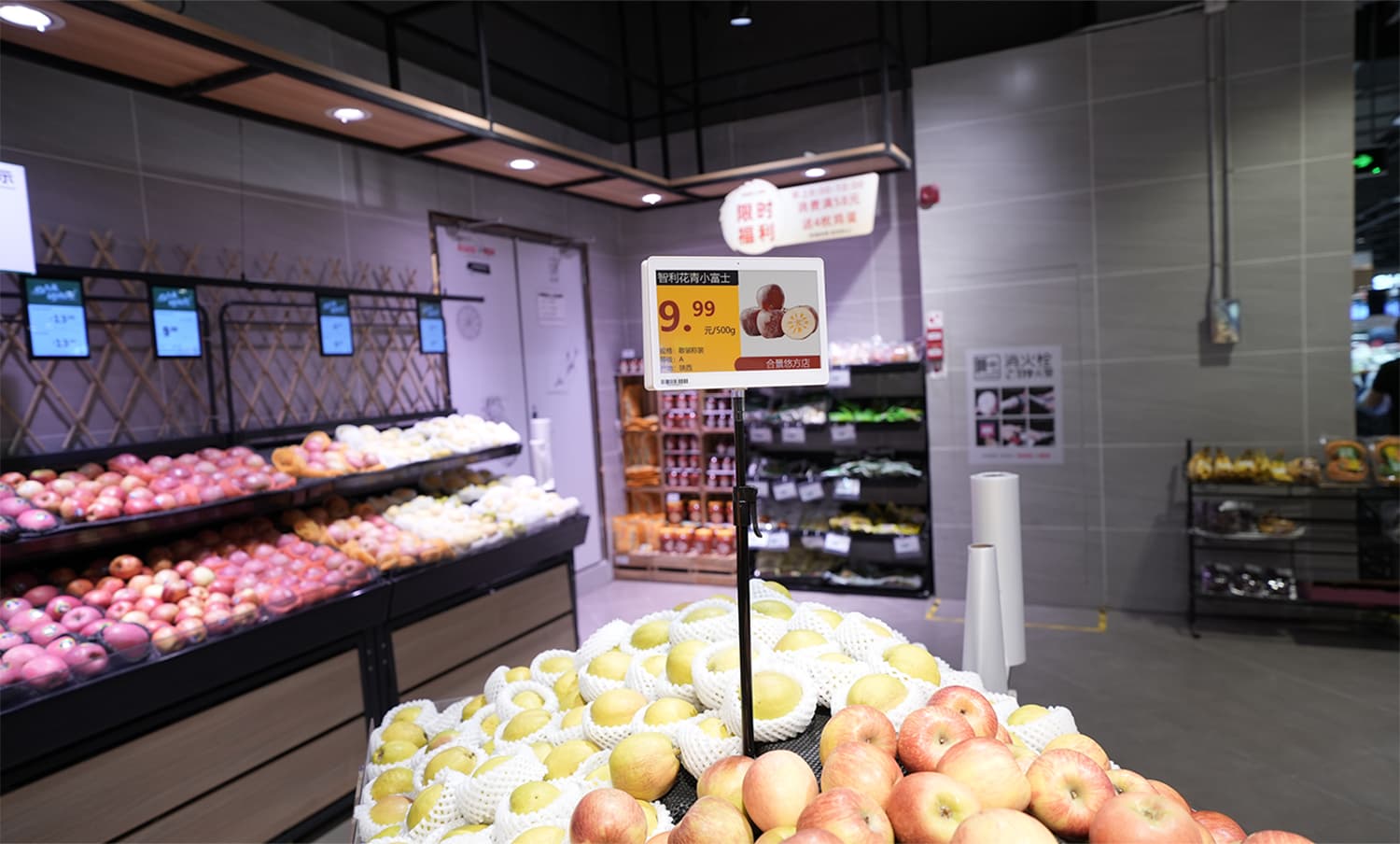
Future Outlook: Paperless + AI + IoT
A truly digital shelf isn't just reactive—it’s predictive. Smart shelves and sensors are enabling:
① AI-based price optimization by demand and competitor tracking
② Real-time shelf monitoring to prevent OOS or stock misplacement
③ Traffic pattern analytics to optimize layouts and promotions
④ Vision systems for loss prevention and shopper behavior tracking
Paperless infrastructure is the prerequisite for smart retail. Without digital labels, data cannot flow freely.
How to Get Started: A Roadmap for Going Paperless
Step 1: Audit Your Paper Trails
Identify paper usage in pricing, receipts, reports, and communications.
Step 2: Target Quick-Win Areas
Deploy ESLs where ROI is fastest—fresh zones, beverages, promo SKUs.
Step 3: Choose the Right Tech Partners
Prioritize compatibility with existing systems, support for multi-location control, and modular rollout kits.
Step 4: Pilot, Train, Scale
Start small → measure impact → refine workflows → scale to chain-wide deployment. Upskill teams early and continuously.
Q&A: Common Questions About Paperless Retail
Q1: Is paperless retail only about sustainability?
A: No. It improves operational accuracy, speed, and customer trust.
Q2: Are ESLs better than printed tags?
A: Absolutely. They’re dynamic, synced with POS, and error-free.
Q3: Are ESLs hard to install?
A: No. Most are wireless and centrally managed. One store can deploy within days.
Q4: Can small stores benefit?
A: Yes. Modular solutions scale affordably to any footprint.
Q5: How fast can I go paperless?
A: Pilot rollouts can happen in 1–2 weeks, with full deployment in under a quarter.
Conclusion: Rethinking Retail for a Paperless Era
From smart shelves to AI-driven promotions, the tools are here. The question isn’t if paperless is coming—it’s how fast you can implement it.
“Start your green retailing journey with one smart shelf – [Brand]’s ESL Starter Kit cuts deployment costs by 30% vs 2024.
Request a Demo: inquiry@datallen.com
For more insights, check out:
1.How to Start a Convenience Store and Cut Costs with Digital Price Displays
2. Electronic Labels vs. Manual Tags: Cost & Efficiency Analysis for Modern Retailers
3. Smart Shelf Technology-The Future of Inventory, Efficiency, and Green Retailing
4. How Much Does It Cost to Open a Smart Store with e Price Tags?
5. Are Self Checkout Systems Worth the Investment? Breaking Down Costs, Security & E-shelf Labels
6. Digital Displays in Dubai Gourmet Food Grocery Store

